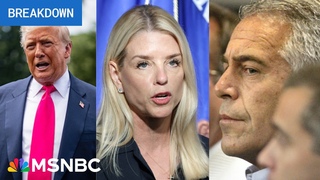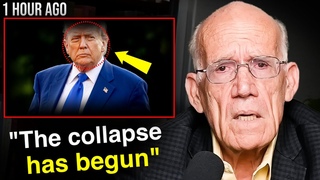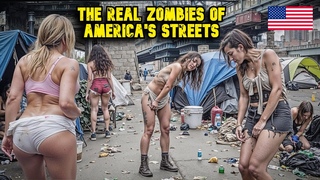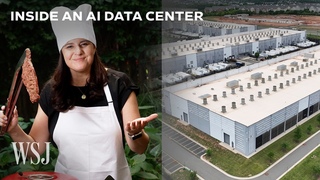How The Net Zero Investing Market Became Worthless Overnight
Start speaking a new language in 3 weeks with Babbel 🎉. Get up to 60% OFF your subscription ➡Here:
-----
Sign up for my FREE newsletter! -
Support me on Patreon -
-----
My Other Channel @HowHistoryWorks
Edited By: Andrew Gonzales
Music Courtesy of: Epidemic Sound
Select Footage Courtesy of: Getty Images
For sponsorship inquiries, please contact sponsors@
Sign up for my newsletter 👈
All materials in these videos are for educational purposes only and fall within the guidelines of fair use. No copyright infringement intended. This video does not provide investment or financial advice of any kind.
#esg #investing #finance
------
Companies are under a lot of pressure from investors and customers to reduce their environmental footprint. Carbon offsets were an easy solution that for a while kept stakeholders happy. Unfortunately for the companies patting themselves on the back for their ESG efforts, people eventually realized that these offsets have achieved nothing. Major investors have lost hundreds of millions of dollars in just the last week, and now a multi-billion-dollar speculative market that you weren’t supposed to know about is imploding… Any time you see a company promoting a product as carbon neutral it got that status by buying a security off an unregulated financial market.
If a clothing brand like Gucci emits one ton of carbon to produce this hideous pair of flip flops, they can buy a one ton carbon credit to offset their emissions and market their shoes as carbon neutral. There are two major non-profit organizations that dominate the market for these credits, Verra, headquarter in DC and Gold Standard, headquartered in Geneva Switzerland. These organizations do not remove any carbon themselves; they audit OTHER companies or projects like carbon sequestration, forestry and agriculture. If you own a company that can prove to Verra or Gold Standard that you have removed a ton of carbon dioxide from the atmosphere or prevented it from being released in the first place you can get given a Verified Carbon Unit.
Verra and Gold Standard both have an application and verification process for companies that want to start receiving Verified Carbon Units. Verra charges an application fee a verification fee and a fee of ten cents for every carbon unit awarded with a discount applied to companies that are issued with over one million carbon units in a calendar year. If you owned a company that was reducing carbon emissions in a way that you could verify with these organizations, it’s worth paying these fees because you can then take your carbon unit and sell it at a markup to a company like Gucci so they can sell their flip flops as carbon neutral.
This entire process is separate from the legally required cap and trade programs like ones enforced here in California and in the European Union. But if this is entirely voluntary, why are companies paying millions of dollars every year to buy these credits?
Well, there are three reasons, and none of them of them are because these companies really care about the environment although that’s what they would like you to think… It’s not even for the marketing, a survey conducted by the Harvard Business Review found that 65% of respondents said they want to buy from purpose-driven brands that advocate sustainability, but only 26% actually did. If you have ever seen a carbon neutral logo while doing your shopping and acted on it well done, but most people are not like you.
The three REAL reasons companies are spending billions on these voluntary credits are the same reasons that the whole system is now falling apart. The first reason companies are actually doing this is because it let’s them take advantage of new investment trends. ESG stands for Environmental, Social and Governance and it has been a popular investing practice since 2008 when a lot of companies were criticized for immoral conduct. Investors wanted to put their money into companies with good ethics for two reasons.
So it’s time to learn How Money Works to find out how a well intentioned plan turned into a multi-billion dollar bubble.


















![Data Engineer Career Path by Zero to Mastery Academy [Use Coupon Code]](https://sun6-20.userapi.com/sCRZgqaAmdI_A-cscGgc18U73Dik8kRt_TJ-mg/hm9pm4OLIxM.jpg)




